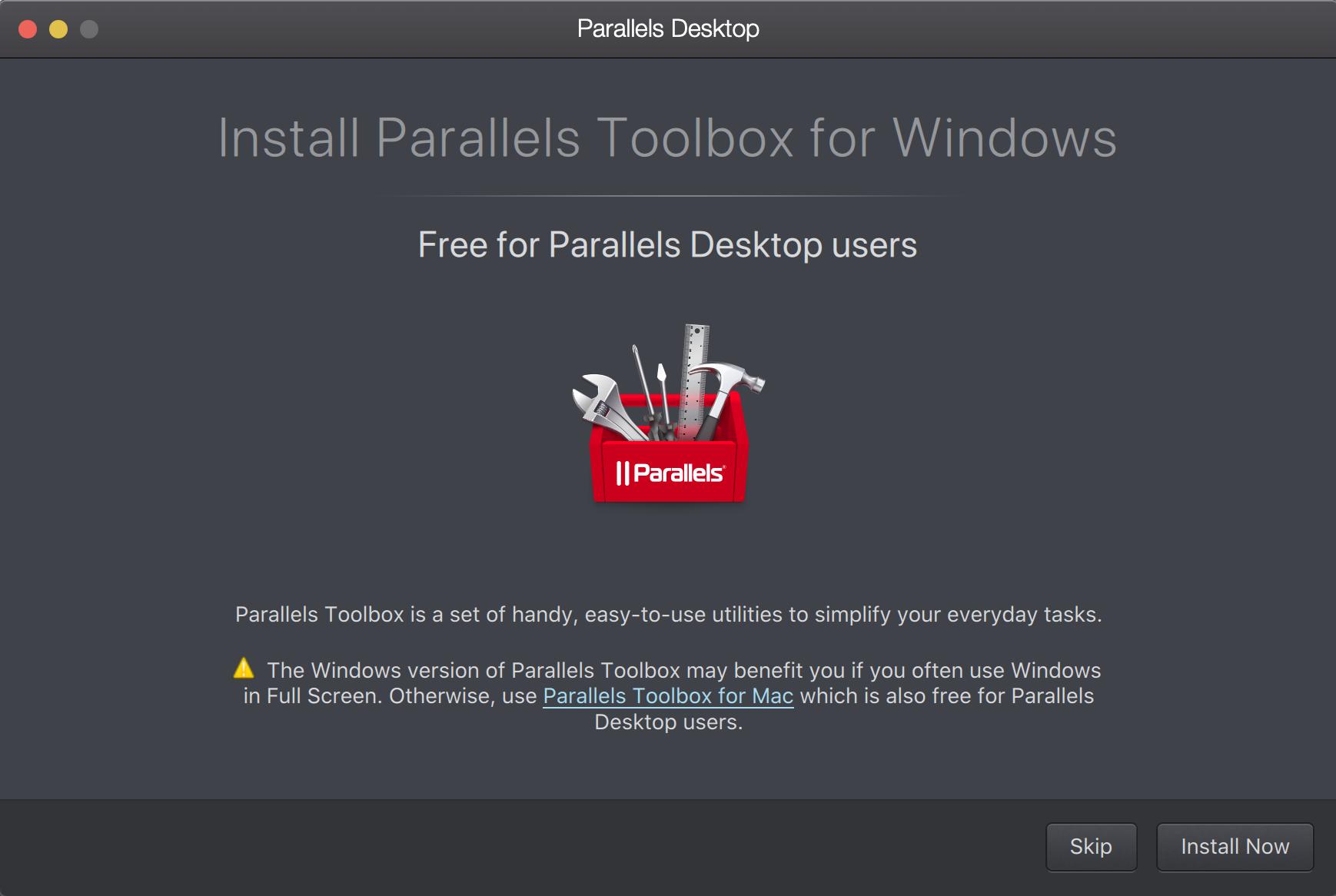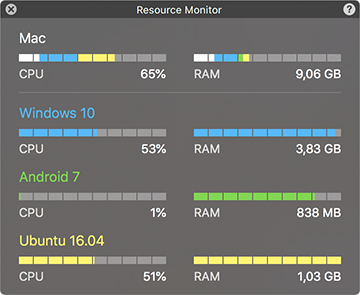

The planned sample size of 201 patients provided 80% power to detect a mean difference of 1.0 between treatment groups with a two-sided α of 5%, assuming a standard deviation of 2.0 and 15% attrition.

Intention-to-treat analysis was conducted with linear models to compare between groups. Secondary outcomes included the Edmonton Symptom Assessment Scale (ESAS) and adverse effects (CTCAE v4.02). The primary outcome was change in average dyspnea intensity assessed with a 0-10 numeric rating scale (0 = none, 10 = worst) between baseline and day 7. Patients, research staff and clinicians were blinded. Permuted block randomization (block size = 6, 2:1) was conducted, stratified by baseline dyspnea and study site. Methods: This NCI-funded, multi-site, double-blind, parallel group RCT enrolled ambulatory patients with cancer, age ≥18, dyspnea ≥4/10 and randomly assigned them to receive dexamethasone 8 mg orally every 12 hours for 7 days followed by 4 mg orally every 12 hours for 7 days or matching placebo capsules. In this confirmatory RCT, we compared the effect of high dose dexamethasone and placebo on dyspnea in patients with cancer. A small RCT suggested that dexamethasone may be efficacious. Background: Systemic corticosteroids are commonly prescribed for palliation of dyspnea in patients with cancer however, evidence to support their use is limited.


 0 kommentar(er)
0 kommentar(er)
